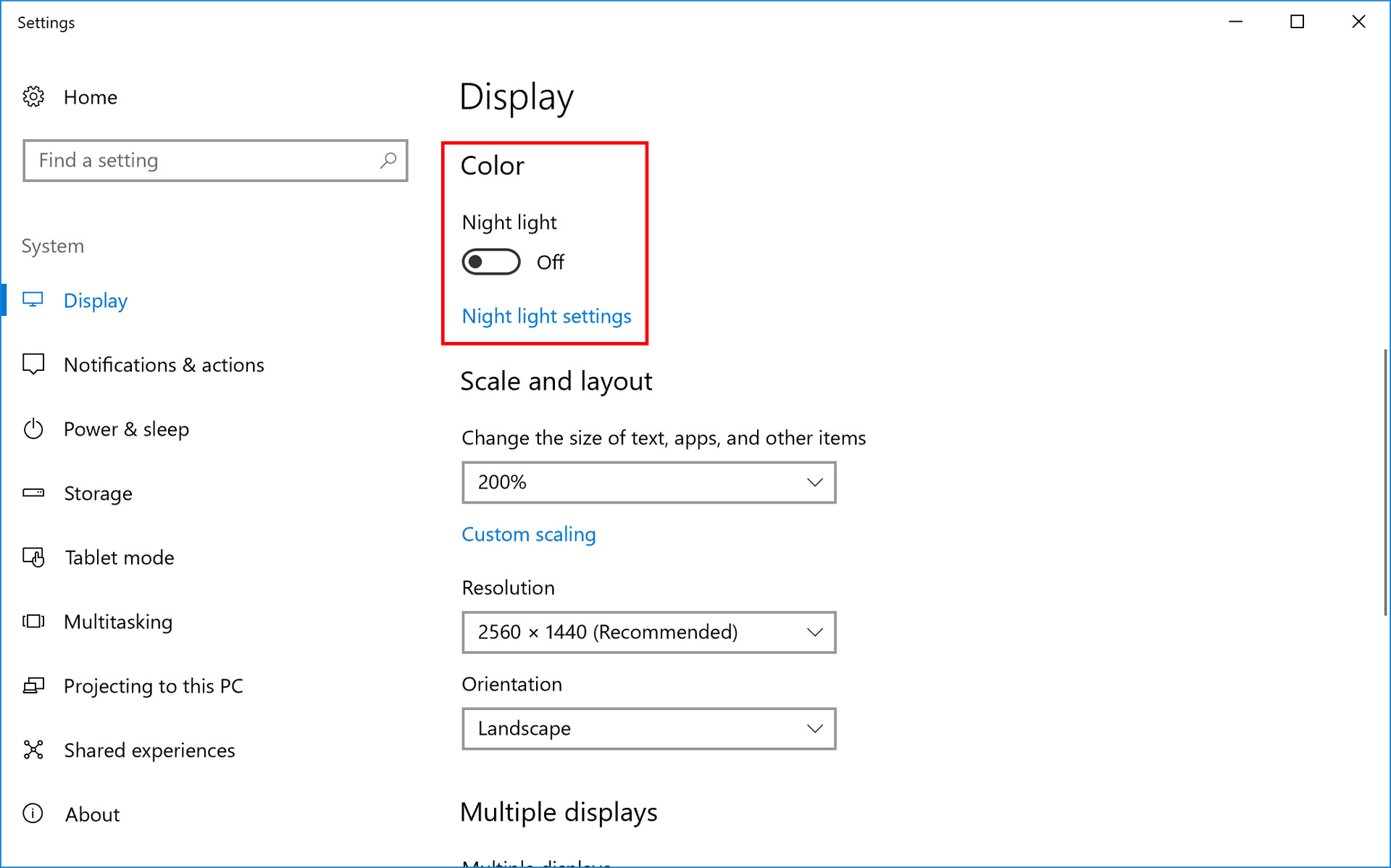



To get the process ID, execute the “ Get-Process” command. To stop a process via PowerShell, you need its process ID.As soon as you execute the command, the process will start with the account permissions.Don’t forget to replace the dummy process name with the actual process name. Here, execute the “ Start-Process process.exe” command to start a process.PowerShell users can follow these steps to stop or start a process in the command line. How to Start or Stop a Process in PowerShell When you execute the command in the admin Command Prompt window, the process will automatically start with admin rights. Note: To start the process with admin rights, start the Command Prompt as an administrator. It will force close all non-responsive processes. To stop all Not Responding processes, use the “ taskkill /f /fi” command.You can get the process ID by typing the “ tasklist” command or from the task manager. Use the “ taskkill /F /PID pid_number” command. You can also stop or kill a task using its Process ID.Replace “process.exe” with the actual process name. Here, type “ taskkill /im process.exe” and press Enter.To kill or stop a process in Command Prompt: Once the process is started, you can close the Command Prompt window.For example, you can start Windows Explorer by simply typing “ start explorer.exe“. Most system processes don’t require the full path.Replace the dummy path with the actual path of the process. In the cmd window, execute “ start “C:\path\to\process.exe”“.Open the Command Prompt window from the Start menu.


 0 kommentar(er)
0 kommentar(er)
